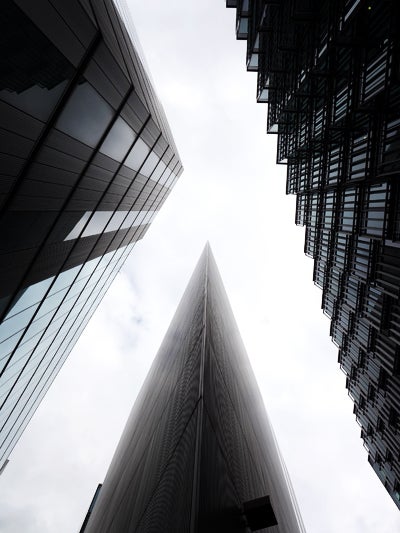Is the Panasonic LX7 the best pocket-sized compact for enthusiasts? We find out in the What Digital Camera Panasonic LX7 review
Panasonic Lumix LX7 Review
Image Quality
Panasonic Lumix LX7 review – Image Quality
Tone and Exposure
In our tests, the LX7 coped well under a range of lighting conditions, delivering pleasing exposures. If we’re being picky, images may be a little overexposed on some occasions, but this is negligible and is easily corrected in post-processing, especially if you’re shooting Raw.

White Balance and Colour
The LX7’s Auto White Balance delivers pleasing results under a range of conditions, with consistent results between shots of the same scene. Results could be seen as a little cool in some instances, while the colours are a little muted also. There are other Photo Styles available though should you want slightly punchier colours – as well as Standard, there’s Vivid, Natural, Mono, Scenery, Portrait and Custom.
Sharpness and Detail
Considering the relatively smaller sensor size and 10.1MP resolution, the LX7 delivers some impressive results. Detail is good, though it won’t resolve to quite the same extent as larger sensor rivals.
The lens is nice and sharp, with very minimal distortion at the wide end of the focal range that’s pretty much unnoticeable in real-world shots. At wider apertures, there’s a hint of purple fringing, but once the lens is stopped down, this is reduced.

ISO Quality
At low ISOs the LX7 delivers some really smooth results with no apparent image noise present. Above ISO 1600, image noise becomes more pronounced, compromising detail, though colour saturation doesn’t tend to suffer. While it handles it well for a camera with this or similar sized sensor, it can’t quite compete with one of its main rivals, the Sony RX100, which has the benefit of a larger sensor.

Raw vs JPEG
The LX7 is bundled with SilkyPix Raw converter and side-by-side with the JPEG file, the unedited Raw file displays a lot more detail in the image, which is most noticeable at higher ISOs. The payback though is the presence of more noticeable chroma noise, which is more predominant on the image compared to the JPEG file that’s been subjected to image noise reduction.




